University English Language: Morphology Interview and Reflection
VerifiedAdded on 2022/08/12
|5
|1279
|20
Homework Assignment
AI Summary
This assignment explores the concept of morphology in English language development through an interview with an English teacher and a subsequent critical reflection. The interview addresses how morphology relates to language development for English learners, strategies used to identify learning gaps, and activities employed to address these gaps, such as chart activities, root word identification, prefix/suffix differentiation, and word-building exercises. The reflection highlights the teacher's insights on morphology's role in vocabulary building and language regularity, linking these insights to the student's own experience as a learner and the college's conceptual framework. The reflection also analyzes the effectiveness of the discussed teaching strategies, including chart creation, root word introduction, and sentence building, emphasizing their potential in enhancing cognitive understanding and overcoming language barriers. The student concludes by identifying best practices and stressing the importance of incorporating morphology in English language learning effectively. References are included to support the findings and insights.
1 out of 5
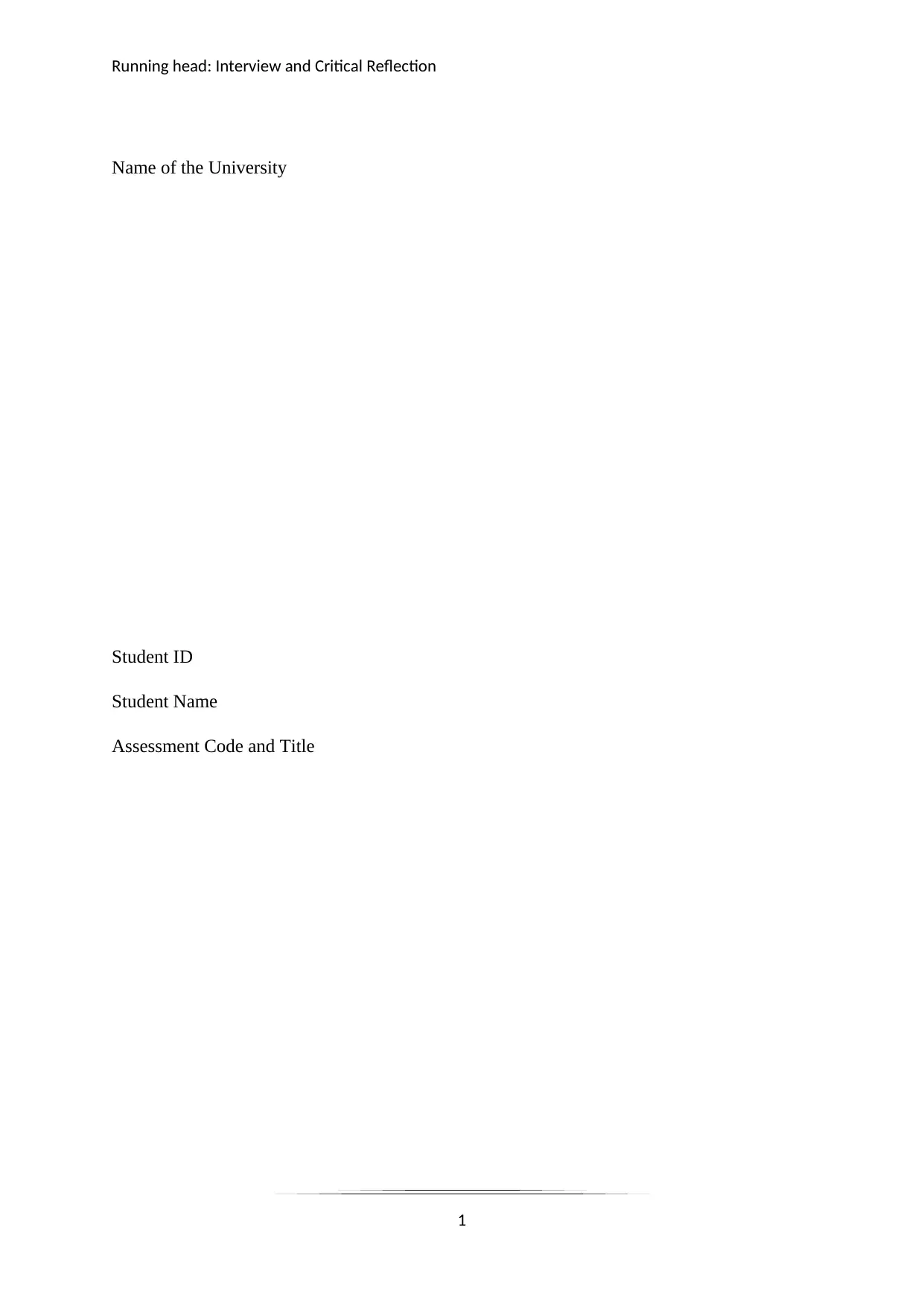
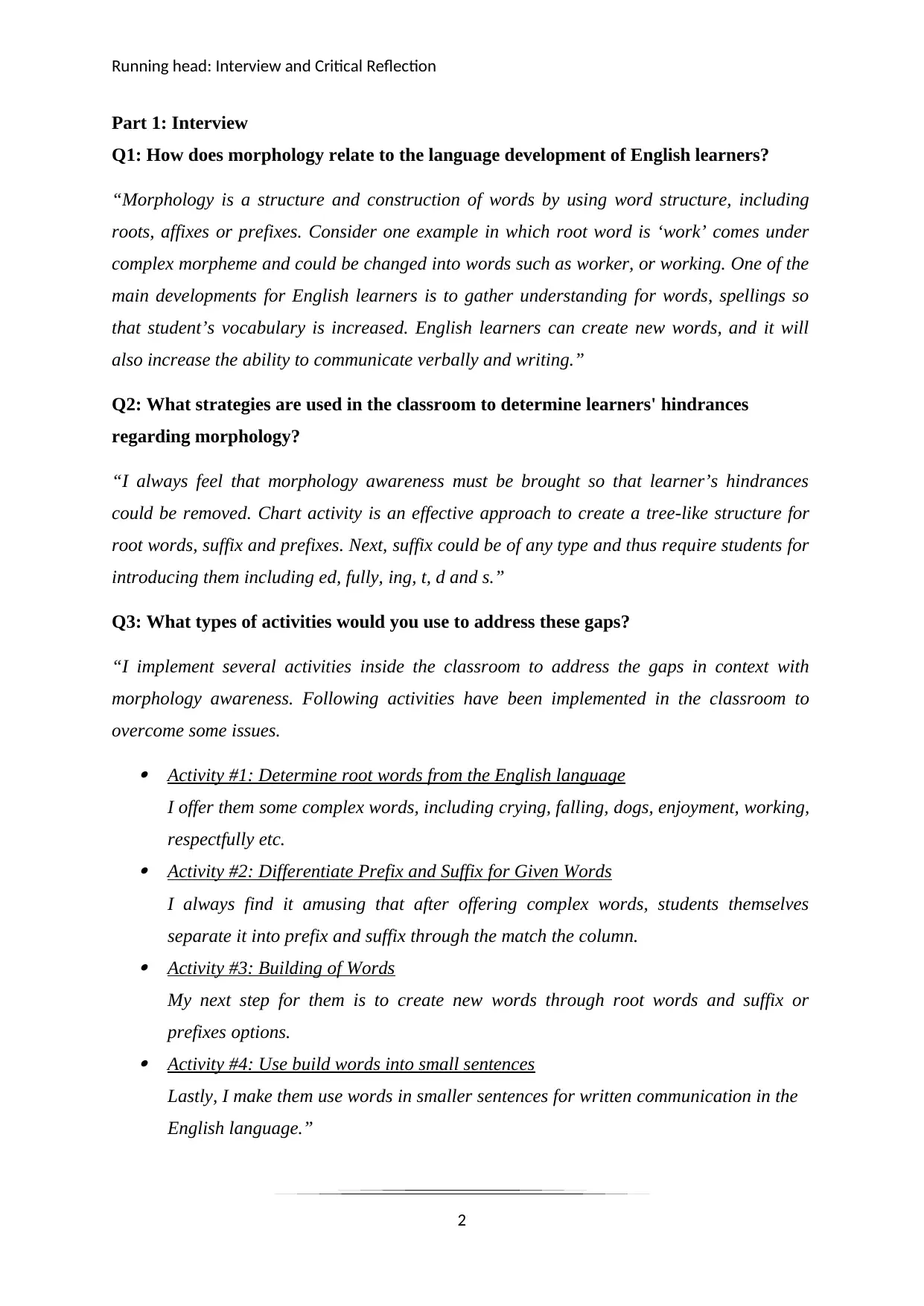
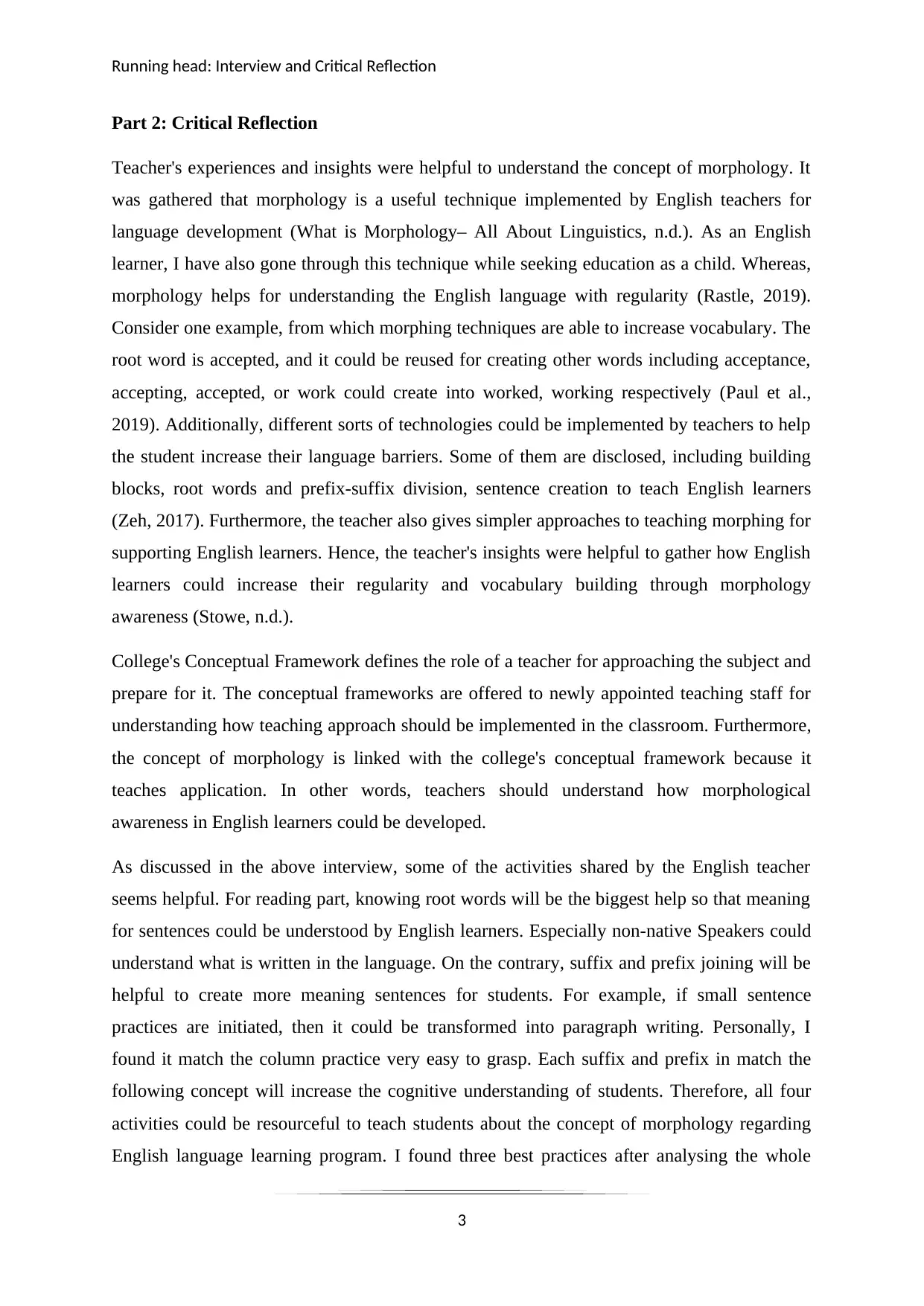
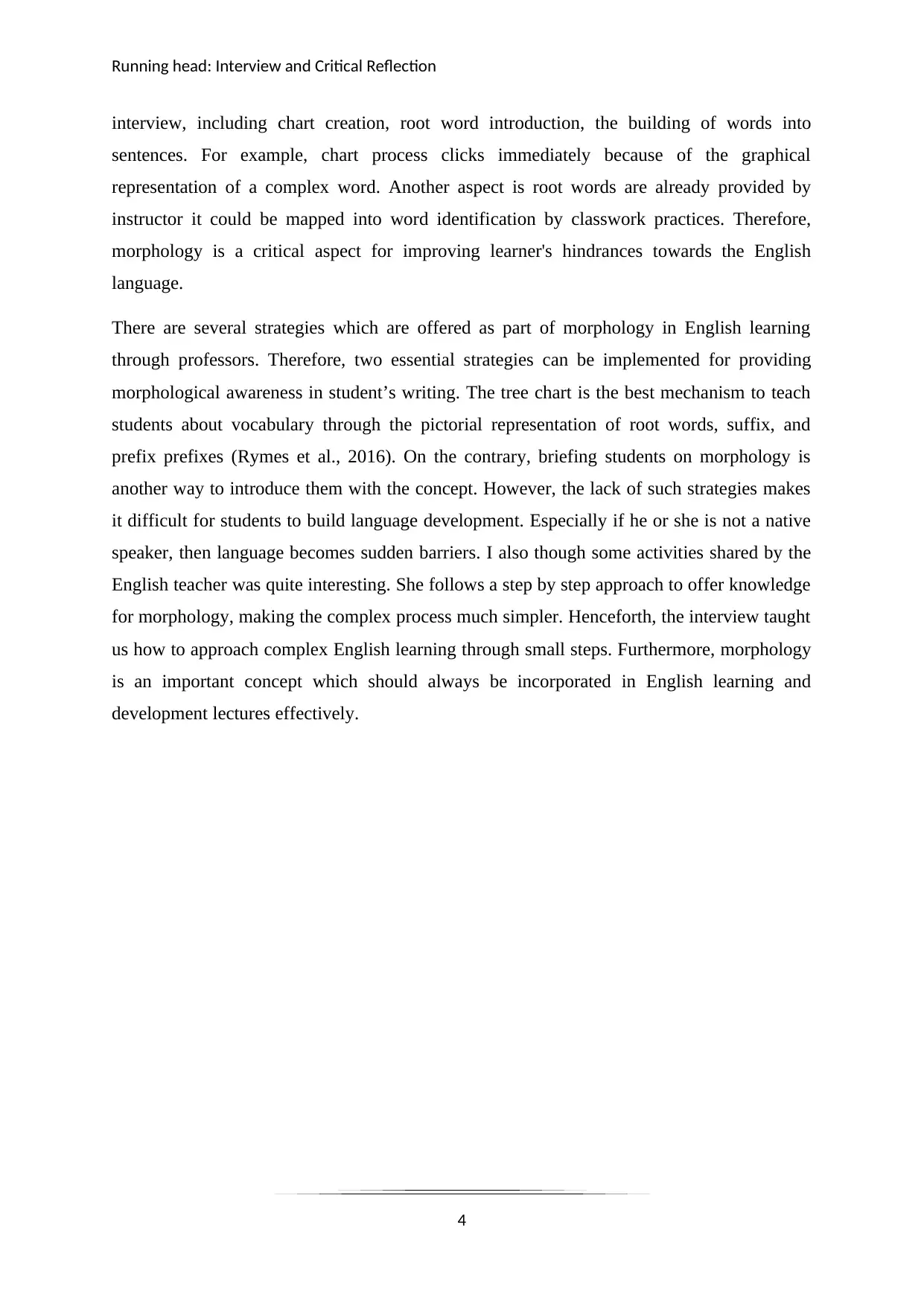
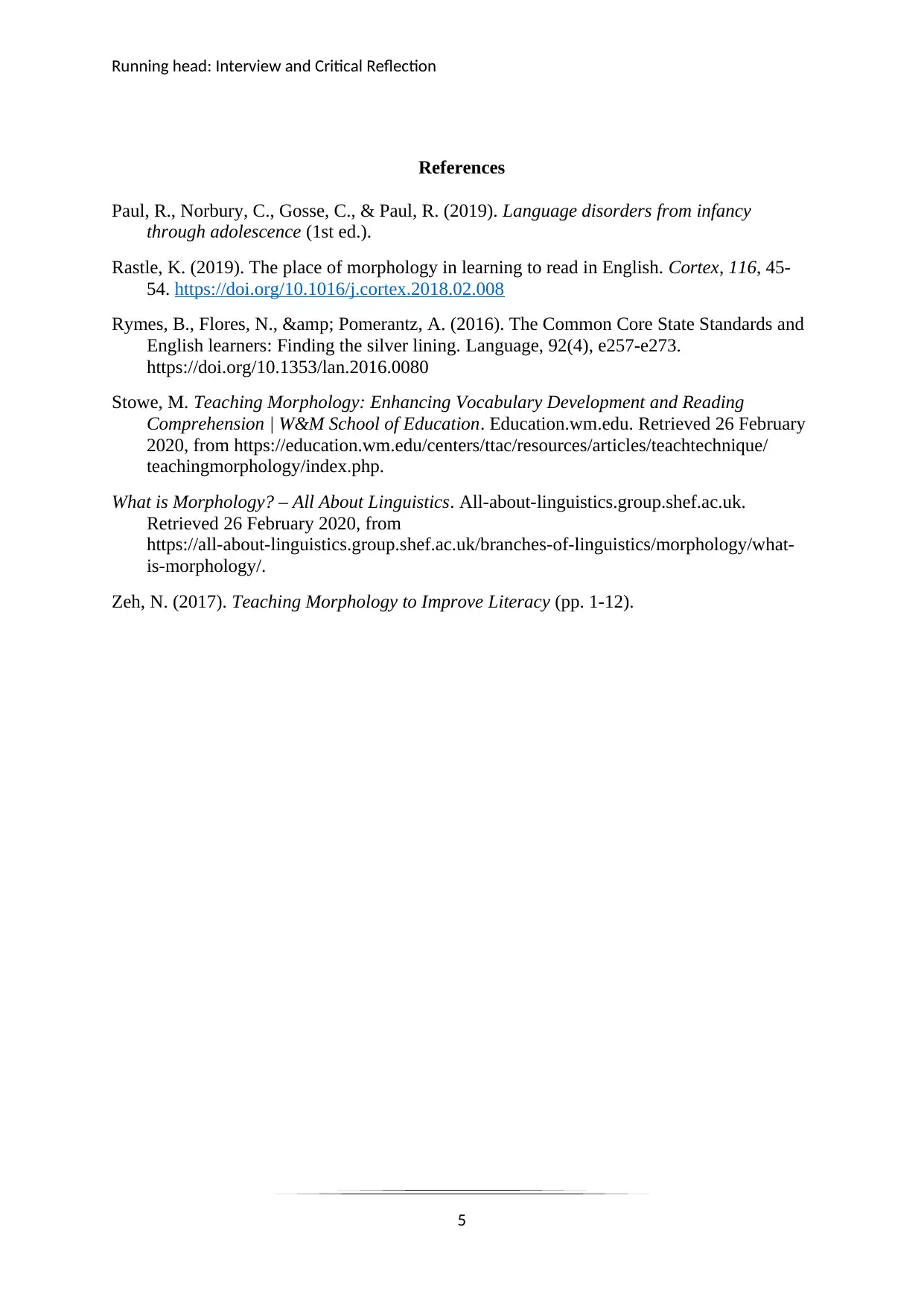






![[object Object]](/_next/static/media/star-bottom.7253800d.svg)